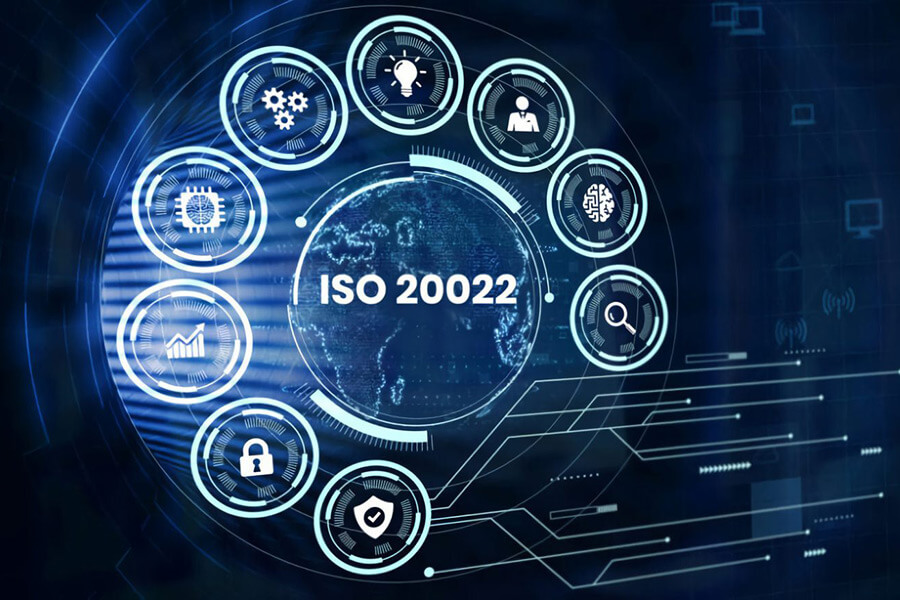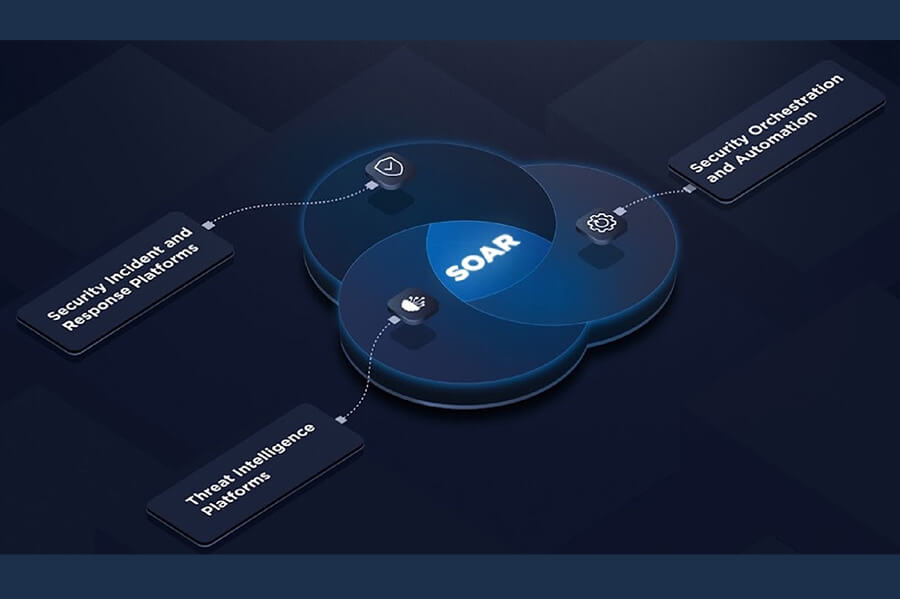What is ISO 20022 and Why Does It Matter for Global Financial Transactions
The financial world is complex, with thousands of transactions occurring every second, crossing borders and time zones. But how do banks, financial institutions, and companies worldwide communicate securely and efficiently?
The answer lies in a powerful global standard known as ISO 20022. But what exactly is ISO 20022, and why is it crucial? Let’s dive deep into this International Organization for Standardization (ISO) norm to uncover its significance in maintaining quality in global financial communication.
Understanding ISO 20022
ISO 20022 is a global standard developed by the International Organization for Standardization (ISO). It provides a unified framework for exchanging electronic messages between financial institutions, including banks, payment processors, and securities firms. These messages could involve payments, securities trading, credit and debit notifications, and other financial transactions.
The Need for a Universal Language in Finance
Imagine a world where every country speaks a different language with no translator. That’s how the financial world functioned before standards like ISO 20022. Each country—and sometimes even each financial institution—had its way of formatting and sending messages. This lack of standardization led to errors, delays, and increased costs.
ISO 20022 serves as a universal translator, ensuring that messages sent from one financial institution can be understood clearly and quickly by another, no matter where they are located.
How ISO 20022 Enhances Quality in Financial Transactions
Improving Accuracy and Reducing Errors
One of the primary goals of ISO 20022 is to improve the quality of financial messaging by ensuring that data is consistent and accurate. When financial institutions use different formats or codes, there’s a higher chance of mistakes. These errors can result in failed transactions, lost money, and even legal issues.
ISO 20022 uses a structured and detailed messaging format that reduces the risk of errors. Ensuring that all institutions are “speaking the same language” minimizes the chances of miscommunication, leading to faster, more accurate transactions.
Facilitating Global Trade and Payments
Businesses and individuals frequently send money across borders in today’s global economy. However, international payments can be complex, involving multiple banks and currencies. If messaging standards are clear and consistent, the quality of the transaction process can improve.
ISO 20022 streamlines international payments by providing a common framework for all banks and financial institutions. This speeds up transactions and reduces costs, making global trade more efficient and accessible.
Supporting Innovation in Financial Services
As technology evolves, so do the needs of the financial sector. New payment methods, digital currencies, and fintech innovations are constantly emerging. ISO 20022 is designed to be flexible and adaptable, supporting these new developments without compromising the quality of financial messaging.
By adopting ISO 20022, financial institutions can integrate new technologies and services more efficiently, ensuring they remain competitive and meet their customers’ changing needs.
The Role of the International Organization for Standardization
What is ISO?
The International Organization for Standardization (ISO) is an independent, non-governmental organization that develops and publishes international standards for various industries. ISO standards ensure product, service, system quality, safety, efficiency, and interoperability.
The Creation of ISO 20022
ISO 20022 was developed as part of ISO’s mission to create standards that facilitate global trade and communication. The norm was introduced in 2004 and resulted from extensive collaboration between financial institutions, regulators, and industry experts worldwide. The goal was to create a standardized messaging framework that could be used across different financial systems and countries, ensuring clear and efficient communication.
How ISO 20022 Works: A Closer Look
The Structure of ISO 20022 Messages
ISO 20022 messages are made up of three main components:
- Business Processes: include the rules and guidelines for conducting financial transactions, covering everything from payment processing to securities settlement.
- Logical Messages: These are the instructions sent between financial institutions, including data such as the amount of money being transferred, the accounts involved, and the transaction’s purpose.
- Syntax: The technical format in which the messages are sent. ISO 20022 primarily uses XML (Extensible Markup Language) as its syntax, allowing for detailed and flexible messaging.
Adoption and Implementation
Adopting ISO 20022 isn’t just a matter of flipping a switch; it’s a significant project that requires careful planning and execution. Financial institutions must update their systems, train their staff, and test the new messaging standards to ensure they work seamlessly with existing processes.
The transition to ISO 20022 is underway, driven by regulatory bodies like the European Central Bank and the Federal Reserve, which mandate its use for certain transaction types.
Benefits of ISO 20022 Adoption
The benefits of adopting ISO 20022 go beyond improving the quality of financial messaging. They also include:
- Cost Savings: ISO 20022 can help financial institutions save money on transaction processing by reducing errors and delays.
- Increased Efficiency: A standardized messaging framework enables faster processing with fewer manual interventions.
- Better Compliance: ISO 20022 includes features that help financial institutions comply with regulations like anti-money laundering (AML) and know-your-customer (KYC) requirements.
- Enhanced Customer Experience: By providing faster, more accurate transactions, ISO 20022 improves the customer experience.
The Future of ISO 20022
Expanding Adoption Worldwide
As more financial institutions and countries adopt ISO 20022, it is set to become the global standard for financial messaging. This will further enhance the quality and efficiency of cross-border transactions, making it easier for businesses and individuals to send and receive money globally.
Supporting Emerging Technologies
ISO 20022 is also expected to support emerging technologies like blockchain and digital currencies. By providing a standardized messaging framework, it can ensure that these new technologies can be integrated seamlessly into the global financial system.
Continuous Improvement and Evolution
ISO 20022 is not a static norm. It is continuously updated and improved to meet the financial industry’s changing needs. ISO works closely with industry experts and stakeholders to ensure the standard remains relevant and effective.
Conclusion
ISO 20022 is more than just a technical standard; it’s a critical tool for ensuring the quality and efficiency of global financial communication. By providing a common language for financial institutions around the world, it helps to reduce errors, streamline transactions, and support innovation.
As the financial industry continues to evolve, ISO 20022 will play an increasingly important role in shaping the future of global finance. Whether you’re a business owner, a financial professional, or simply someone interested in finance, understanding ISO 20022 is vital to staying informed and prepared for the changes ahead.
So, what’s the next step for your organization in adopting this robust standard? While the journey to fully understanding and implementing ISO 20022 may be challenging, the rewards of improved quality, efficiency, and global competitiveness make it worthwhile.







